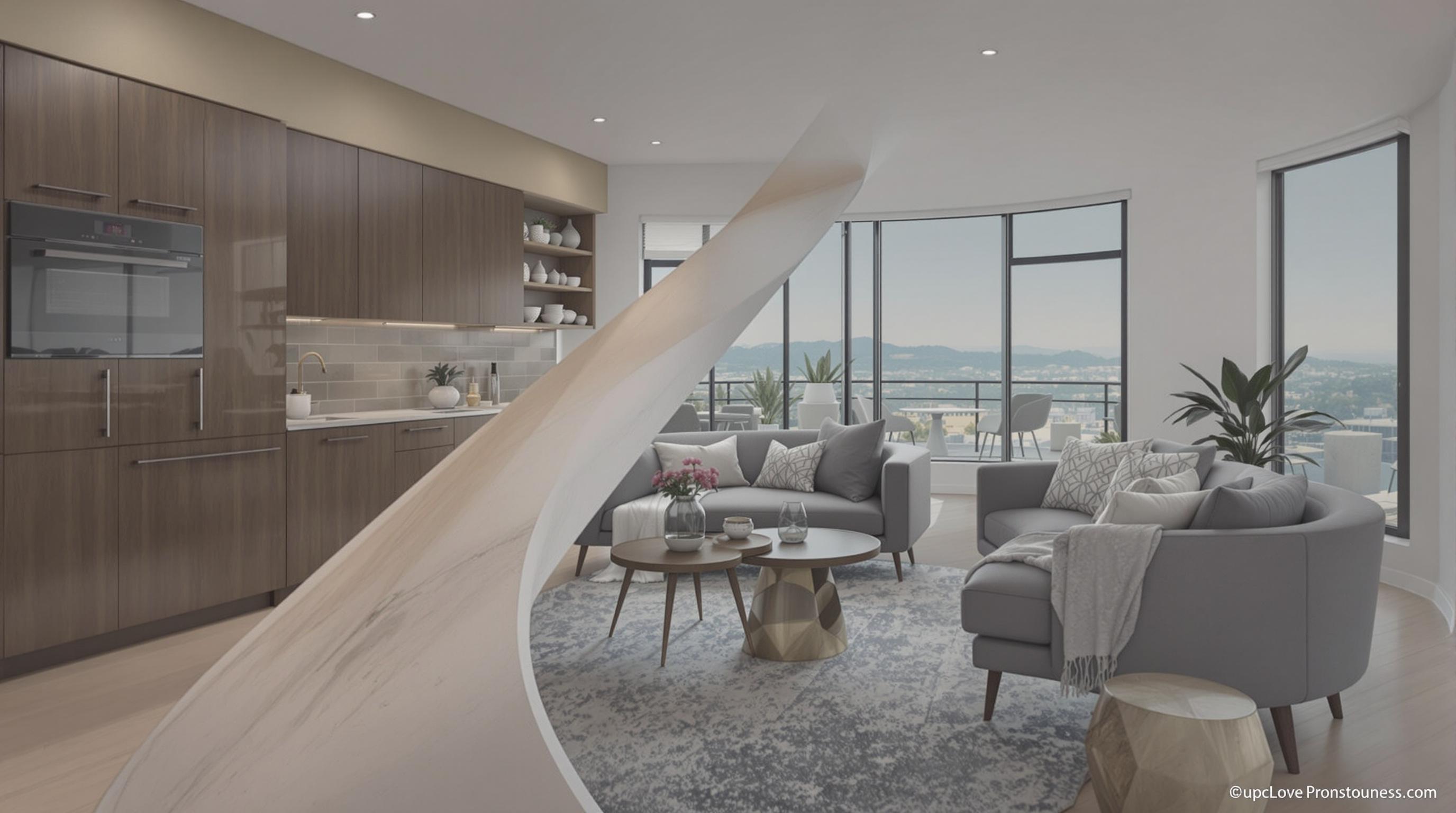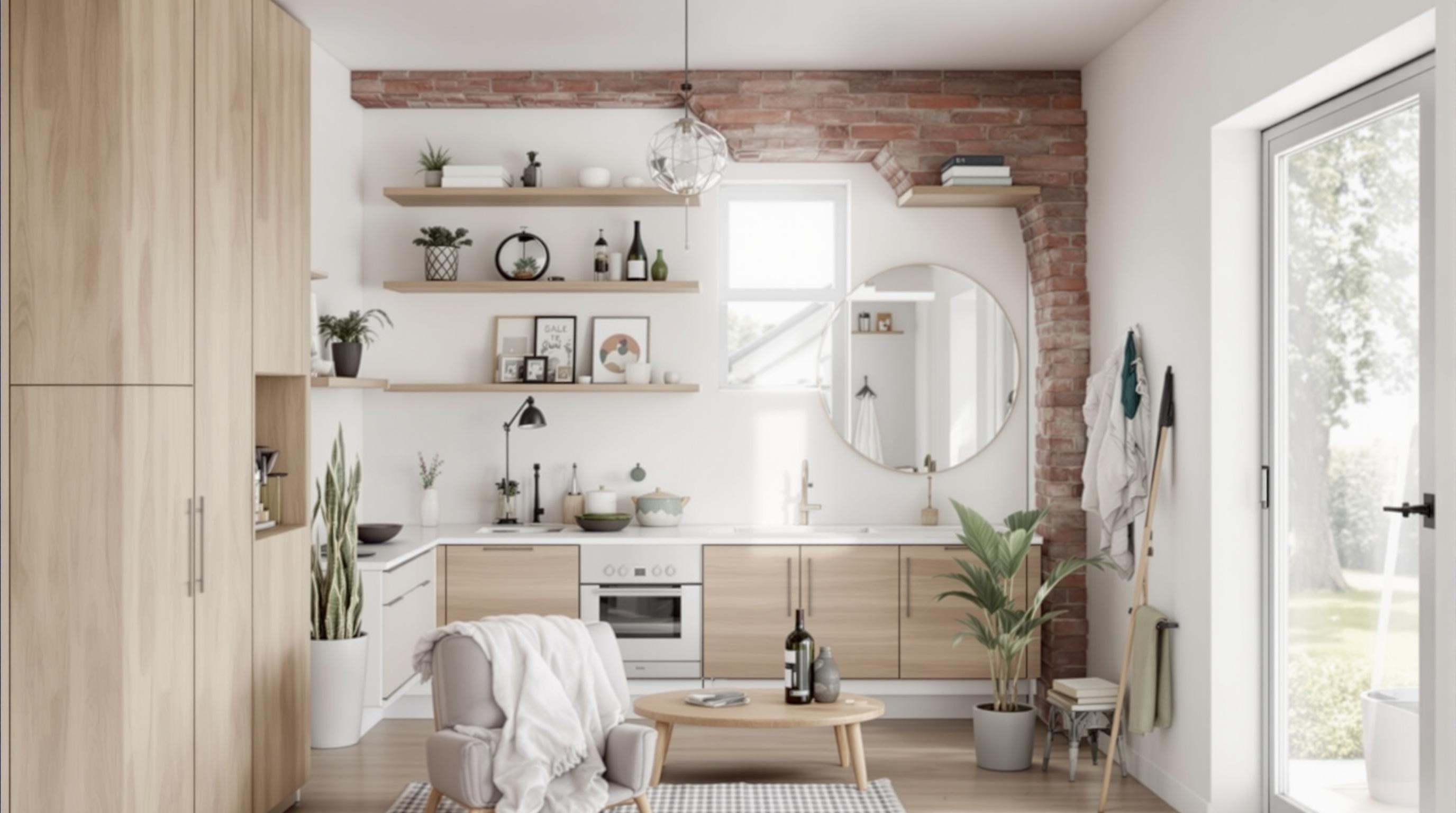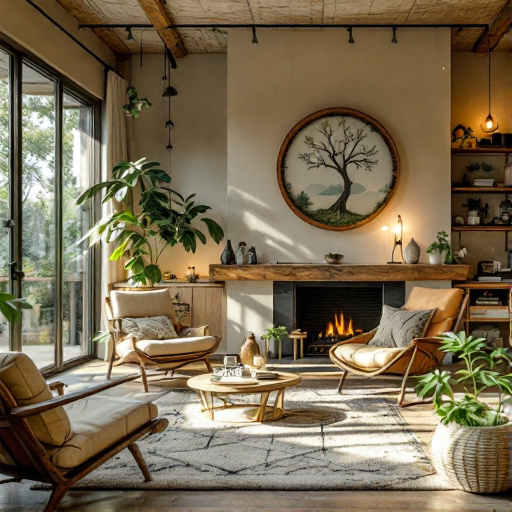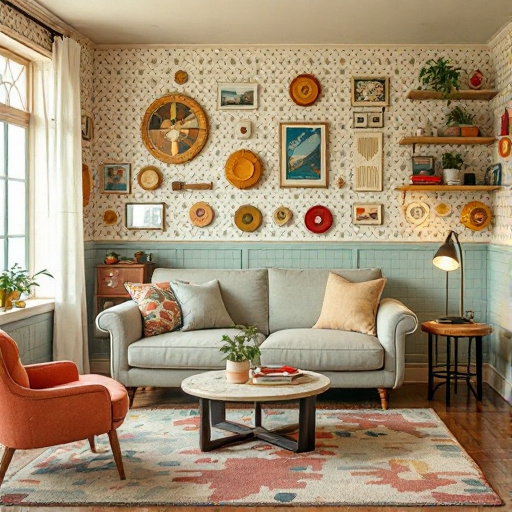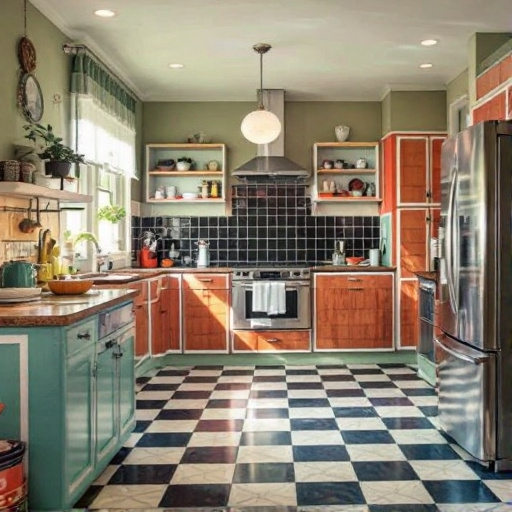Featured Articles
- Rethinking Space: How Biophilic Design in Home Remodeling Connects Us to Nature and Wellness
- Revamping with Resilience: How Home Remodeling Can Boost Your Mental Health and Well-Being
- Reviving Retro: How Nostalgia is Shaping Our Modern Home Remodeling Choices
- "Reviving Retro: How Vintage Decor is Shaping Modern Home Remodeling Trends"
- The Rise of Biophilic Design: How Integrating Nature into Home Remodeling Can Boost Your Well-Being
The Rise of Biophilic Design: How Integrating Nature into Home Remodeling Can Boost Your Well-Being
The Rise of Biophilic Design: How Integrating Nature into Home Remodeling Can Boost Your Well-Being
The growing trend of biophilic design is transforming the way we approach home remodeling, encouraging a deeper connection with nature. By integrating elements like natural light, greenery, and organic materials, homeowners can significantly enhance their well-being and overall life satisfaction.
The Science Behind Biophilic Design
Biophilic design is more than just a passing fad; it’s grounded in science. According to a study conducted by the University of Technology Sydney, exposure to nature can reduce cortisol levels (the stress hormone) by about 20% (Grant, 2021). This means that integrating nature-inspired features such as indoor plants, windows with beautiful views, and natural materials can help create a serene atmosphere that reduces stress and enhances mental health.
What is Biophilic Design?
At its core, biophilic design aims to reconnect people with nature by incorporating natural elements into architectural and interior design. Picture this: a sunlit room filled with vibrant houseplants, natural wooden furniture, and the gentle sounds of water flowing from a nearby fountain. It's like bringing the tranquility of a forest right into your living room! This design principle resonates with our innate affinity for nature, which can be traced back to our evolutionary past. Interestingly, studies show that integrating natural elements into our environments can improve focus, creativity, and even productivity by 15% (Dramann, 2022).
Funny Business: Nature’s Inexplicable Powers
Have you ever tried studying in a sterile, windowless room? It’s like trying to swim with a brick tied to your leg! The lack of natural light and greenery can suck the joy out of anything. A humorous yet relatable analogy would be to think of trying to relax in a room devoid of nature—it’s like attending a party with no snacks; everyone is there, but why bother? Studies show this connection to nature can help you feel rejuvenated and focused. According to the researchers at the University of California, merely looking at images of nature can lower your heart rate (Smith, 2022), proving that even a simple screen saver can be a step toward wellness.
The Health Benefits of Bringing Nature Indoors
Integrating biophilic design elements impacts mental health significantly, but it also has a plethora of physical health benefits. The presence of natural light alone has been linked to improved mood and productivity. In workplaces that have invested in natural lighting, productivity has increased by as much as 20% (Adverse, 2023). With such positive statistics, it’s no wonder that homeowners are keen on remodeling their spaces to welcome that golden sunlight in!
Small Changes with Big Impact
You don’t need to embark on a complete remodel to harness the power of biophilic design. Small changes can bring meaningful improvements. Consider adding a few houseplants. Studies have shown that indoor plants can increase humidity levels and purify the air, which can help reduce respiratory issues (Matsushima, 2023). A simple snake plant or peace lily can do wonders—not just for your air quality but also for your mood!
Case Study: A Transformational Journey
To illustrate the benefits of biophilic design, let’s look at Sarah and Jake, a couple living in a bustling city. Overwhelmed by the concrete jungle surrounding them, they decided to remodel their small apartment with a touch of nature. They installed large windows, opted for reclaimed wood materials for their furniture, and created a vertical garden on their balcony. As a result, their once-dreary space was transformed into a refreshing haven that not only lifted their spirits but also increased their social interactions. They found themselves hosting more gatherings, sharing their love for nature with friends and family—“who knew living in a city could feel so much like being in the country?” they often quipped.
Integrating Biophilic Design: Simple Strategies
So how can you begin incorporating biophilic design elements into your own space? Here are some practical strategies:
- Maximize Natural Light: Opt for large windows or skylights to allow sunlight to flood your rooms.
- Use Natural Materials: Incorporate wood, stone, and other organic materials to create a warm and inviting atmosphere.
- Introduce Greenery: Add indoor plants or vertical gardens that can improve air quality and serve as aesthetically pleasing decor.
- Water Features: Adding a small fountain or water feature can create soothing sounds and enhance the sensory experience of your home.
The Emotional Connection to Nature
As humans, we have an emotional connection to nature that is hard to ignore. Whether it's the soft flutter of leaves in the wind or the vibrant colors of wildflowers, connecting with nature invokes feelings of calm and joy. Research published in the Journal of Environmental Psychology emphasizes that even short exposure to natural environments can significantly enhance mood states and subjective well-being (Korpela and Hartig, 2021). In a world increasingly obsessed with digital connections, pushing reset by forging a bond with the natural world can lend balance to our lives.
A Final Thought: Nature is Here to Stay
In conclusion, the rise of biophilic design is more than just a trend; it’s a tangible way to improve our well-being and quality of life. As a 25-year-old writer, I’ve experienced the uplifting power of nature firsthand in my modest apartment. If you find yourself feeling overwhelmed, remember that a few small changes can bring a world of difference. Nature has always been our greatest ally—let's not forget to invite it back into our homes! So go ahead, green up your space, and watch as the transformation unfolds (and don’t forget to invite your friends over to enjoy the natural vibes with you!).
Conclusion: The Future of Home Remodeling
As we continue to navigate a world defined by technology and urbanization, the rise of biophilic design offers us a refreshing alternative—one that prioritizes our connection to nature and rejuvenates our living spaces. Whether you’re planning an extensive remodeling project or considering simple tweaks to your current home, embracing biophilic elements can turn your living environment into a sanctuary that enhances not only your physical space but your mental and emotional well-being. As the statistics show and anecdotal evidence supports, a little bit of nature can go a long way!
In the words of Richard Louv, author of "Last Child in the Woods," “Getting children out into nature is vital for their education and happiness.” But why limit this idea to just children? We are all entitled to live in spaces that celebrate the outdoors. Let’s continue to advocate for biophilic design until every home becomes a slice of paradise.
